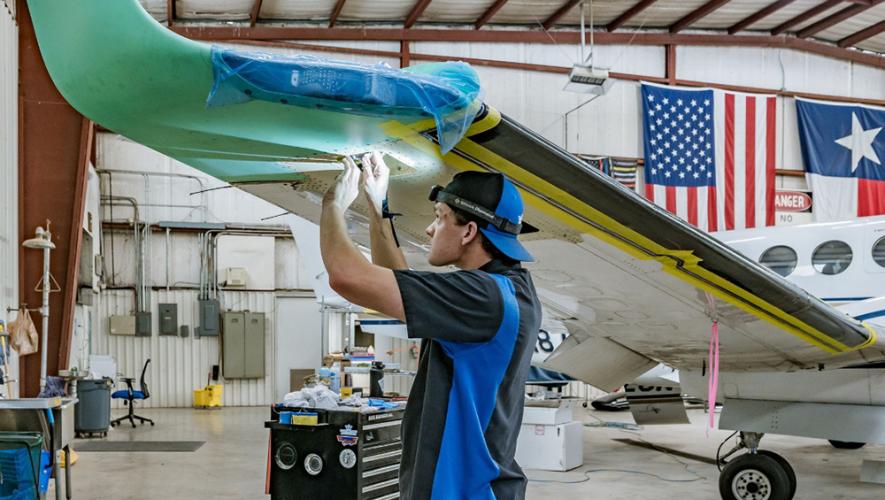Anyone who has ever faced a potential repair of an old car knows the dilemma about throwing good money after bad. Do you make yet another expensive repair to avoid the cost of buying a new car or does the sum of the mounting repair bills equal the payments on a new purchase that will result in lower maintenance costs?
David Wyndham, v-p and co-owner of Conklin & de Decker, poses the question to owners of long-out-of-production aircraft and offers some guidance. Conklin & de Decker helps clients make informed decisions about the acquisition and operation of aircraft.
Wyndham said the conventional maintenance model is for new parts to replace existing parts when they wear out. The problem is, operators of out-of-production aircraft are having an increasingly difficult time finding new parts and when they do, the parts are often expensive. More…
“I was talking to a Lear 24 owner and he made the observation that our estimate of the operating cost of his aircraft seemed to be high,” Wyndham told AIN. “The reason is we use the JSSI hourly maintenance contract cost for the engines as part of our calculation. He suggested it would be less expensive to purchase a second Lear 24, with engines that had several hundred hours left on them, and swap them out rather than have his own engines overhauled. It’s not as crazy as it sounds.”
Wyndham agrees the strategy could be a wise one provided the operator is careful about finding the right aircraft. “If you operate only a couple of hundred hours a year it may be economically advantageous to purchase an older aircraft with engines that have perhaps 600 hours or so remaining,” he said. “It’s important to understand that overhauling an engine two or three times may not be cost effective.”
Wyndham also points out there is more to an older aircraft than just the engines. “If you’re careful about what aircraft you buy, you’re essentially buying a parts supply for your aircraft. In that situation you might find it is more cost effective than having your existing components overhauled, but this is not quite as simple as it might appear. At some point you have diminishing returns. It doesn’t make economic sense for the owner of a single aircraft to purchase half a dozen aircraft to support it. There are hidden costs such as storage, upkeep and insurance.”
The other potential downside is the residual value of your aircraft when you want to sell it. “If you’ve put on engines with 600 hours remaining and you try to sell it in two years, the residual value of the aircraft may not pay you back for the cost of the spares aircraft because the market for older aircraft is so depressed,” he said. “While it isn’t right in every situation, the operator of an older, out-of-production aircraft should look into purchasing a spare aircraft for parts. It potentially could result in a significant annual savings on maintenance.”






